Sansevieria Collector’s bundle
Sansevieria: The Ultimate collection to Snake Plants
Sansevieria, commonly known as snake plants or mother-in-law’s tongue, is one of the most popular houseplants. With its striking, upright leaves and low-maintenance care requirements, it’s a favorite among beginners and experienced plant enthusiasts alike. In this guide, we’ll explore everything you need to know about growing and caring for Sansevieria.
Why Choose Sansevieria?
Sansevieria plants are not only aesthetically pleasing but also offer several benefits:
- Air Purification: They help remove toxins like formaldehyde and benzene from the air.
- Low Maintenance: These plants thrive on neglect and require minimal care.
- Drought Tolerant: They store water in their leaves, making them ideal for forgetful plant owners.
- Adaptable: They can thrive in a variety of light conditions, from bright indirect light to low-light settings.
Types of Sansevieria
There are several varieties of Sansevieria, including:
- Sansevieria Pagoda (Rare Snake Plant)
- Sansevieria cylindrica (Cylinder Snake Plant)
- Sansevieria Gabriella (Rare Snake Plant)
- Sansevieria Andaman (Collector’s snake plant)
How to Care for Sansevieria
Light Requirements
Sansevieria plants can tolerate a range of light conditions, but they grow best in bright, indirect sunlight. However, they can also survive in low-light areas.
Watering Schedule
Overwatering is one of the biggest mistakes when caring for snake plants. Water every 2-3 weeks, allowing the soil to dry completely between waterings. Reduce watering in winter months.
Soil and Potting
Use a well-draining potting mix, preferably a cactus or succulent mix, to prevent root rot. A pot with drainage holes is essential.
Temperature and Humidity
Sansevieria thrives in temperatures between 60-80°F (16-27°C) and can tolerate dry indoor air. Avoid placing it in cold drafts or near heating vents.
Fertilization
Feed your plant with a balanced liquid fertilizer once every 2-3 months during the growing season (spring and summer).
Propagation
Sansevieria can be propagated through division or leaf cuttings. To propagate:
- Cut a healthy leaf into 2-3 inch sections.
- Allow the cuttings to dry for a day or two.
- Plant them in moist soil and wait for new growth.
Common Issues and Solutions
- Yellowing Leaves: Usually a sign of overwatering. Let the soil dry out before watering again.
- Brown Tips: Could be due to underwatering or excessive direct sunlight.
- Pests: Rare, but spider mites or mealybugs can sometimes appear. Treat with insecticidal soap or neem oil.
Sansevieria, commonly known as the snake plant, is an excellent choice for both novice and experienced plant owners due to its low-maintenance care, air-purifying properties, and adaptability. Here are a few key reasons why you should consider adding a Sansevieria to your indoor space:
1. Air Purification
Sansevieria is one of the best plants for improving indoor air quality. According to NASA’s Clean Air Study, it helps remove toxins such as formaldehyde, benzene, and xylene, making it ideal for bedrooms and offices.
2. Low Maintenance & Drought Tolerance
- Minimal Watering Needs: It thrives on neglect and only requires watering every 2-3 weeks.
- Tolerates Low Light: Unlike many other houseplants, Sansevieria can survive in low-light conditions, making it perfect for dimly lit rooms.
3. Improves Sleep & Humidity
At night, Sansevieria continues to produce oxygen while absorbing carbon dioxide, improving air circulation indoors. It also helps regulate humidity, preventing dryness in the air.
4. Stylish & Versatile
- With bold, upright leaves, snake plants complement various home décor styles, from modern to rustic.
- They are available in different varieties and sizes, allowing flexibility in placement.
5. Pest & Disease Resistant
Unlike many indoor plants, Sansevieria is rarely affected by pests and is highly resistant to diseases, making it a worry-free addition to your home.

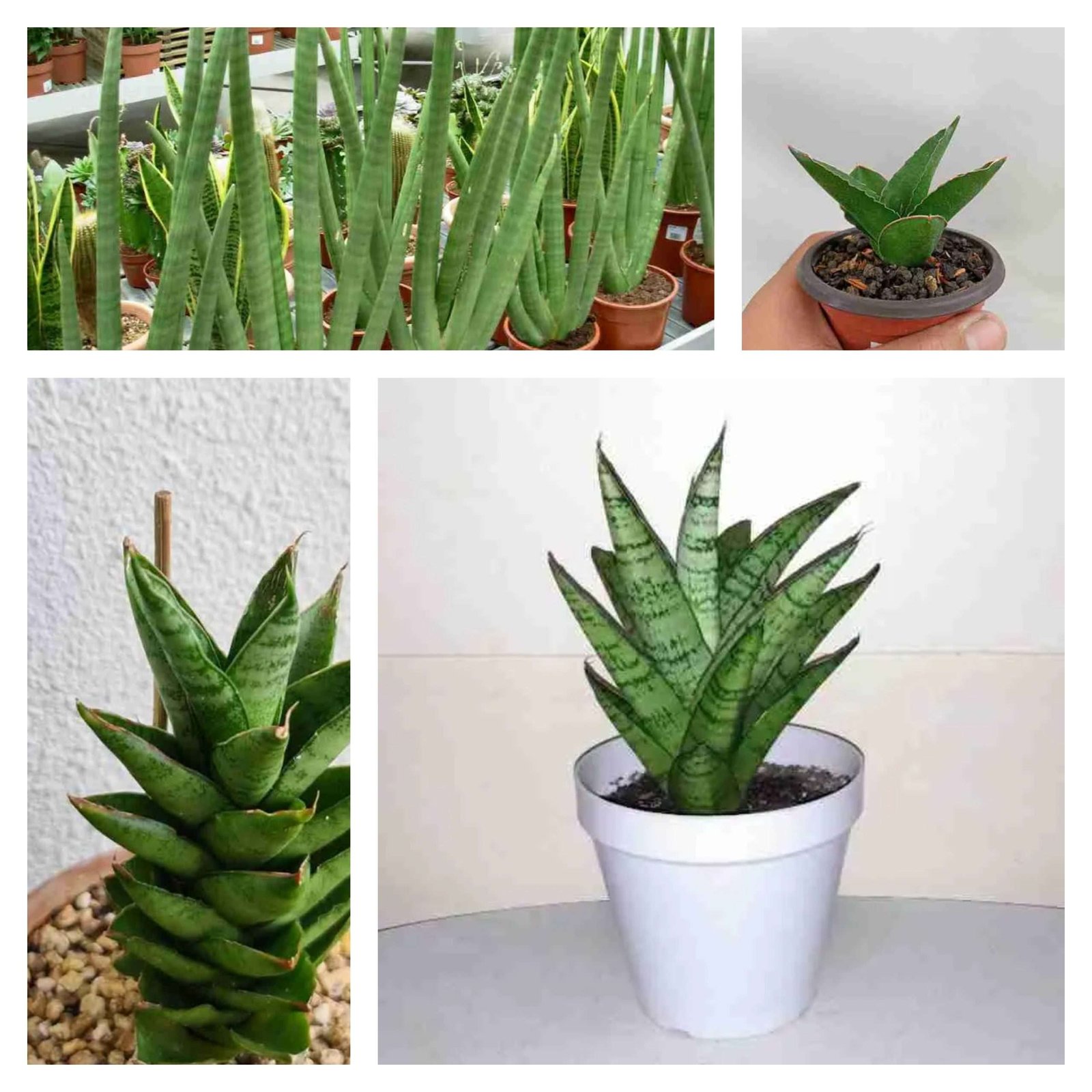
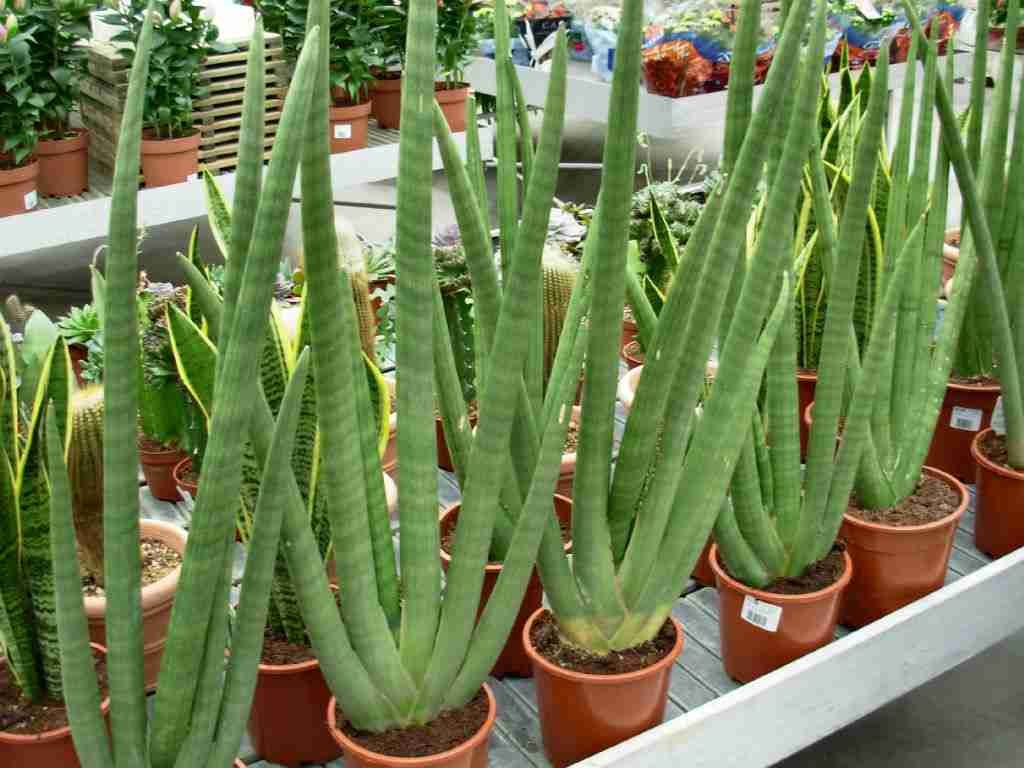

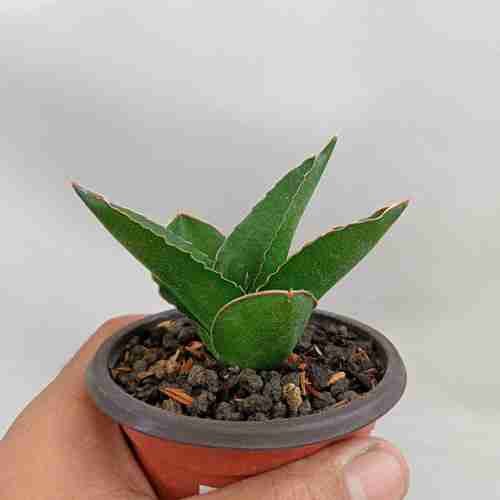
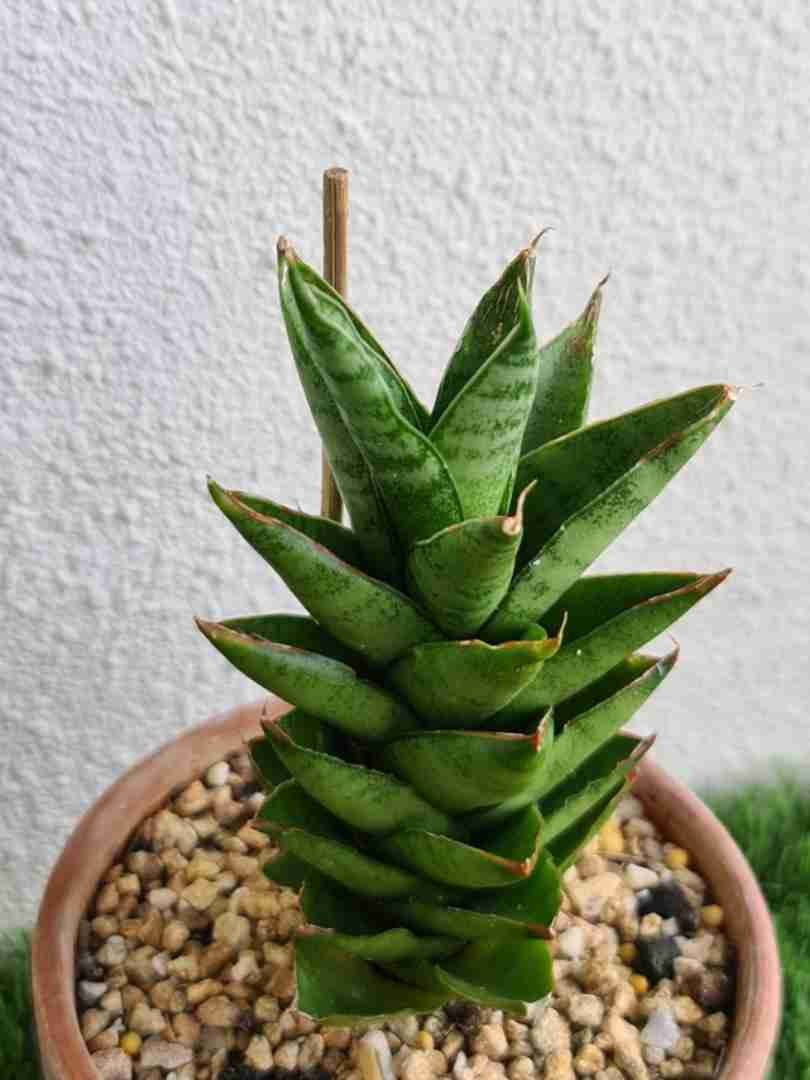
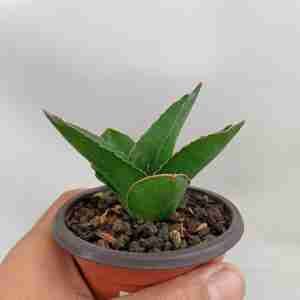
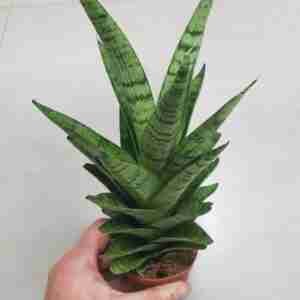

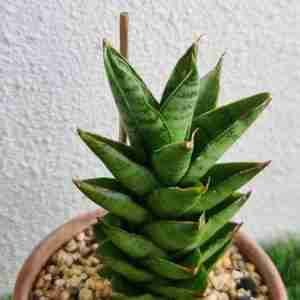
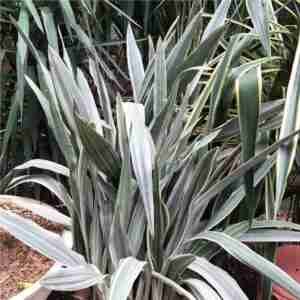
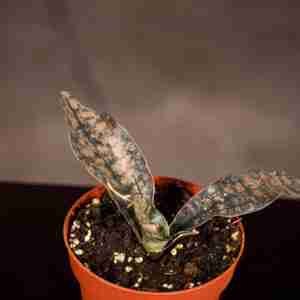
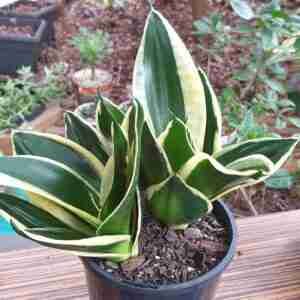
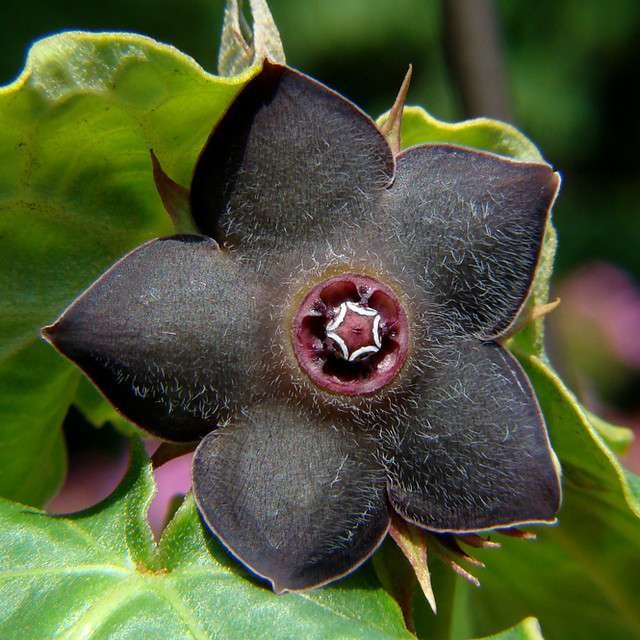
Reviews
There are no reviews yet.